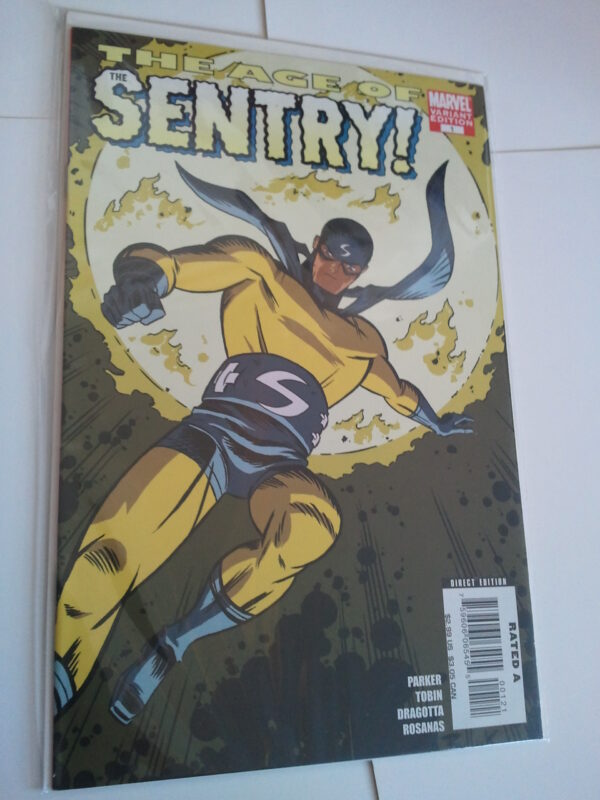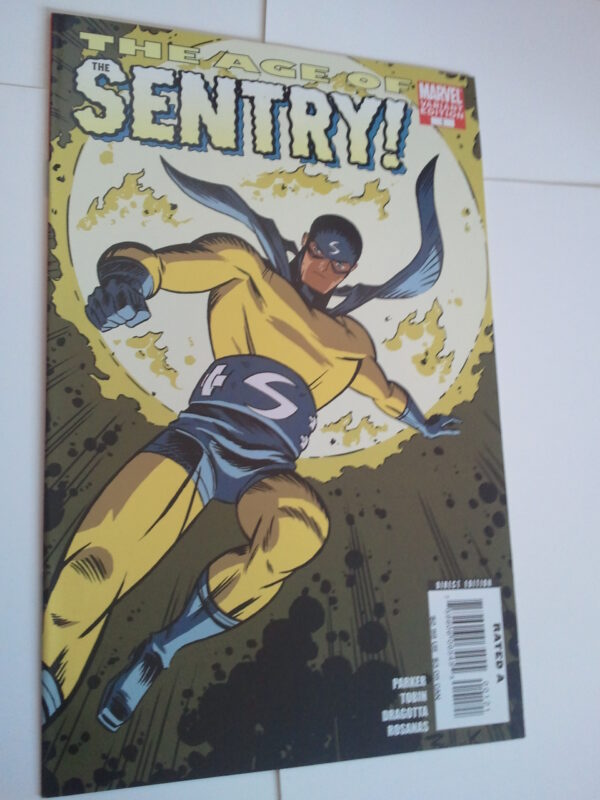Age of Sentry 1 NM Bullock Variant Cover Marvel Jeff Parker 1st p Reed Richards
$99.99
Description
Age of the Sentry (2008) #1 Dave Bullock & Michael Cho Variant Cover
Writer: Paul Tobin, Jeff Parker
Penciller: Nick Dragotta, Ramon Rosanas
Cover Artist: Dave Bullock
Kicking off an all-new miniseries bringing you two “classic” silver-age tales of the Sentry at the birth of the Marvel Age! When the Golden Guardian is critically injured, Scout, Lindy Lee and Watchdog have to travel back in time to learn exactly how Rob Reynolds became THE SENTRY. They must learn the secrets to save our hero – so he can save the world! PLUS: When the Tinkerer and the Mad Thinker team up to create a device capable of stealing the Sentry’s powers, they only have one obstacle on their path to world domination. The parasitic beam takes HOURS to work! What evil scheme will keep the Sentry in place long enough to destroy him? Don’t miss the breathtaking tale of monsters and mayhem!
Secret Origin of the Sentry 10 pages
Script Jeff Parker
Pencils Nick Dragotta
Characters Sentry also appears as Robert Reynolds; Scout also appears as Billy Turner; Watchdog; Lindy Lee; Professor Hugo Cornelius; Gorax; Cranio; Man-Bot; the Void
Synopsis A freak accident at the Professor’s lab forces Scout and Lindy Lee to travel through time to witness the origin of the Sentry — in order to save his life in the present!
Public Service Renouncement!!! 11 pages
Script Paul Tobin
Pencils Ramon Rosanas
Characters Sentry also appears as Robert Reynolds; Mad Thinker; Tinkerer; Torr
Synopsis The Mad Thinker and the Tinkerer steal the Sentry’s powers at the same time that he must battle the alien invader Torr!
Includes faux-cover reprint of Adventures into Weird Worlds #136.
I wouldn’t be surprised if most of you weren’t familiar with Age of the Sentry going into this column. The mini-series stars a, frankly, C-List Marvel hero whose most recent appearance is getting jobbed in the latest crossover event. The talent behind it — Jeff Parker and Paul Tobin on scripts with Nick Dragotta and a murderer’s row of guest artists on art duty — are all extremely talented but not precisely superstar headliners. Even the very nature of the series, a pastiche of wacky Silver Age adventures that never actually happened, lends it a sense of unimportance on the altar of Continuity. So, why am I talking about it for my (graciously offered) guest spotlight here at Comics Anatomy? It uses all of these apparent shortcomings to its advantage and finally pulls off the trick Marvel had desperately been trying to do with The Sentry since his creation.
Created in 2000 by Paul Jenkins and Jae Lee, The Sentry is a meta-fictional joke given life. A kayfabe creation of Stan Lee in Marvel’s heydey, the very obvious Supermanalaogue was retconned into Marvel history and became a walking tangle of confusion and misfires throughout his various appearances in the 2000s and slow fade from prominence. By The Age of the Sentry’s arrival in 2008, most readers had given up on the Golden Guardian of Good, and it was a pretty fair call. The creative team behind the miniseries used this lack of expectations to try an apparent new angle on the character: embracing the absurd madness of DC’s Silver Age that Marvel largely sidestepped, using a blatant stand-in for the Man of Steel.
Filled to the brim with goofy characters, like Harrison Oogar, the Caveman of Wall Street, and adventures involving everything from a living star giving birth to the Legally Distinct Beatles being kidnapped by Mole Men, it is an absolute romp. As funny and knowing as Parker and Tobin’s scripts are, the real all-stars of the series are undoubtedly the art team. Dragotta strips back his usual style to mimic more primal Silver Age figures, draped in flat, bright colors by Val Staples. The trick extends to the guest artists, including the likes of Michael Cho and Colleen Coover. It even breaks standard convention with intentional “misprints” with colors extending beyond their inked lines and blurred word balloons.
Now, while very entertaining and effective, these tricks aren’t exactly groundbreaking. Faux retro aesthetics have been deployed in everything from Flex Mentallo to Astro City, to varying degrees of success, which is where The Age of the Sentry’s second trick comes into play. After luring readers into a sense of security over the wacky yellow superhero man, it reveals itself to be arguably the most vital Sentry tale ever told, and one that finally understands the core of the character.
Opening with a frame story set in the present day, the series is anchored around a young boy asking his dad to tell him bedtime stories about The Sentry. Eventually revealed to be Franklin and Reed Richards, the tales gradually grow more manic and unhinged, with Reed’s red-eyed sleep-deprived yells dipping into outright horror. Within the adventures of the Sentry, things begin to unravel. Continuity doesn’t match up. Books are referenced that never existed. Sentry’s memories start to contradict each other. Most of all, the facade shatters, and Sentry sees into the present or something like it.
Each time this occurs, it is just as jarring for readers as it is for Bob Reynolds. Dragotta’s pencils shift to his fully-fleshed modern-day counterpart, and Staples’ flat palette is replaced with a range of modern digital color pallets. Sometimes the breaks last for a single panel; others, they override an entire page. Sentry snaps back to “reality” every time, assuring himself everything is fine. Things come to a head in the final tale, pitting Sentry up against, appropriately enough, a Darkseid-esque cosmic destroyer. Then, he dies.
That’s right, true believers, The Sentry is dead. Always has been. Or has he? The Void, Sentry’s dark counterpart, ends up taking up The Sentry’s mantle, no one realizing that Bob died in the first place. Of course, this is just a bedtime story for Franklin Richards, right? None of it happened. That’s the ultimate and third trick (aha! You’ve been Prestige’d!) that Age of the Sentry pulls off. For all the madcap stories of radioactive hillbillies, chilling glimpses of harsh reality, and everything in between…it was never a story of the Sentry. It was a story about the very idea of the character. Everything, from the retro-chic art to the hyper-dramatic prose when the illusions shatter were in service of finally spelling out to readers why this character works and how he should be used.
We should never know The Sentry’s past. He shouldn’t have an exact origin or be a regular member of the Avengers. He is an un-figure. A being that never was forced into a world filled with characters who have been around longer than I’ve been alive. He is beyond our understanding, and to try and define him through rigid continuity or backstory is missing the point. Age of the Sentry understands that where so many other tales don’t, and nowhere is that more apparent than its final page. As Reed takes Franklin to bed, he asks if those stories were real, and for reassurance, that Sentry is still a good guy. Reed says he is and shuts off the light. Reflected in the window is, of course, The Sentry, floating silently outside.
Expression shrouded, with the ghost of a smile just barely visible. He knows the truth. He always has. And we’ll never know it, not really. Because The Sentry’s secret origin isn’t holding the power of a million exploding suns in his hands. It’s breaking the very rules of superhero comics by his sheer presence, and until some other creative team remembers this. Well, Age of the Sentry will always be here to trick you all over again.
Near mint, 1st print. Bagged & Boarded.
Related products
-
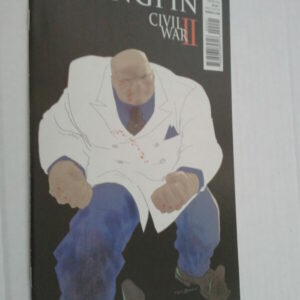

Civil War II Kingpin 4 NM Variant Cover Kyle Baker Marvel 1st pr Matt Rosenberg
$59.99 Add to cart -
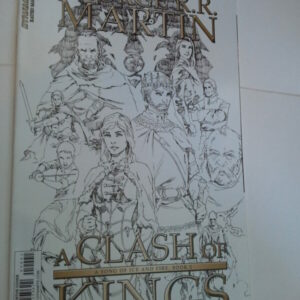
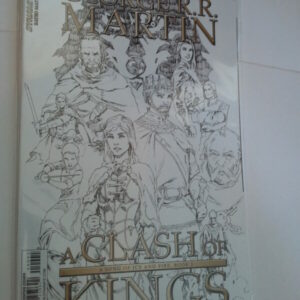
George R R Martin’s A Clash of Kings # 4 Mel Rubi 1:15 b&w Incentive Cover HBO N
$129.99 Add to cart -
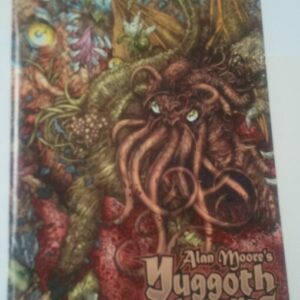
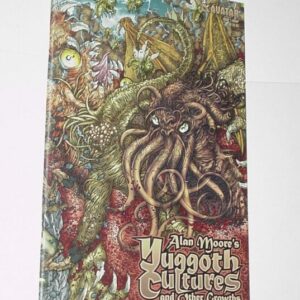
Yuggoth Cultures 1B Wraparound Cvr Avatar 1st print Alan Moore Bryan Talbot
$64.99 Add to cart -
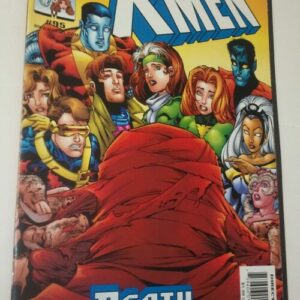
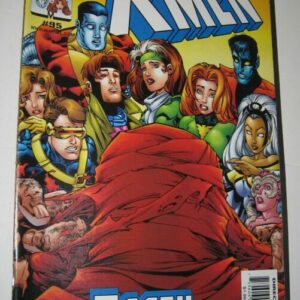
X-Men #95 NM Alan Davis 1st prnt 1st Fiz Skrull Secret Invasion MCU Disney+ Plus
$74.99 Add to cart
